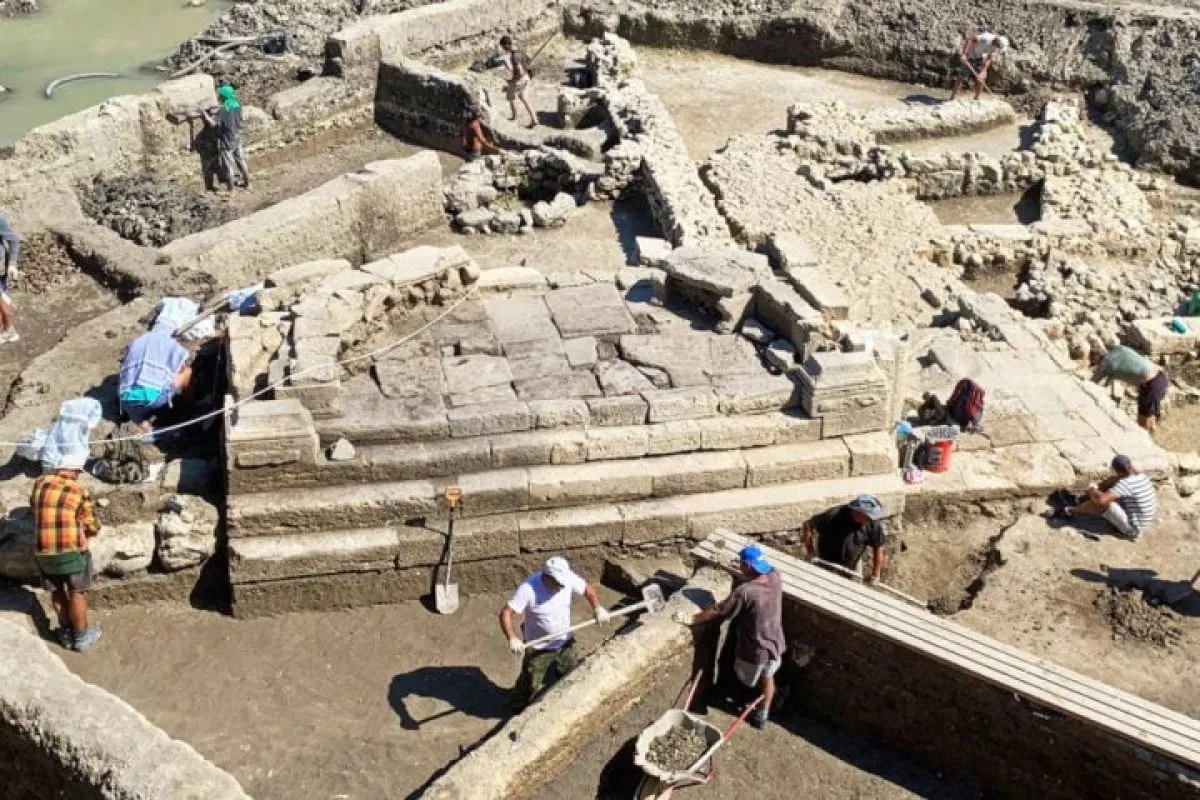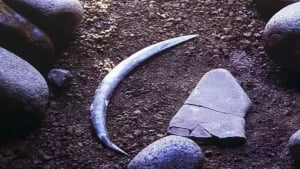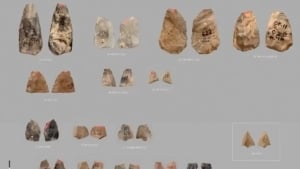
The archaeological site discovered in the Obi-Rahmat cave in the Tashkent region could fundamentally change existing views on the technological development of ancient humans. This was reported by Upl.uz.
The stone arrowheads found here date back approximately 80,000 years, which corresponds to a period long before Homo sapiens began widespread use of bow and arrow weapons. This discovery was published in the scientific journal PLoS One.
This finding casts doubt on the idea that the bow and arrow were inventions unique to Homo sapiens. The archaeological artifacts were found in layers predominantly inhabited by Neanderthals in the Central Asian region.
This indicates that the discovery predates the widespread appearance of Homo sapiens in this area by a significant margin. The identified tools are small and triangular in shape, and they do not match the spear tips primarily used by Neanderthals as hunting weapons.
Neanderthals mainly used large and heavy tools for multifunctional purposes. The shape and function of the arrowheads found in Obi-Rahmat resemble those widely used by Homo sapiens during the Upper Paleolithic period, approximately 40,000 to 50,000 years ago.
These small and sharp tools were designed not to deliver a strong blow but to deeply embed the arrow shaft by piercing animal hides. Previously, the oldest similar technology was associated with finds in Europe, particularly France, dating back 54,000 years.
Thus, the samples found in Uzbekistan are about 26,000 years older than their European counterparts, indicating the existence of independent or much earlier technological centers. It is difficult to conclude exactly who created the artifacts since no human remains were found in the layer containing the arrowheads.
Central Asia was a field of interaction among various groups of ancient humans. From a younger layer of the cave, remains of a child with mixed anthropological features of Neanderthals and Homo sapiens were found, but these belong to a period 10,000 years after the arrowhead layer and are not directly related to weapon creation.
At the same time, this discovery proves that the cognitive and technological abilities of people living in the Eurasian region during the Middle Paleolithic were far more complex than previously thought. It may necessitate a revision of the history of ancient human migration, cultural exchange, and technological progress.
The Obi-Rahmat cave is an important site for understanding these complex processes. Neanderthals also knew other sophisticated technologies.
For example, they produced oak resin prepared in an acid-free environment at temperatures exceeding 340 degrees during the boiling process. This resin was used to attach stone tools to wooden handles and demonstrates a high level of knowledge in material processing.






